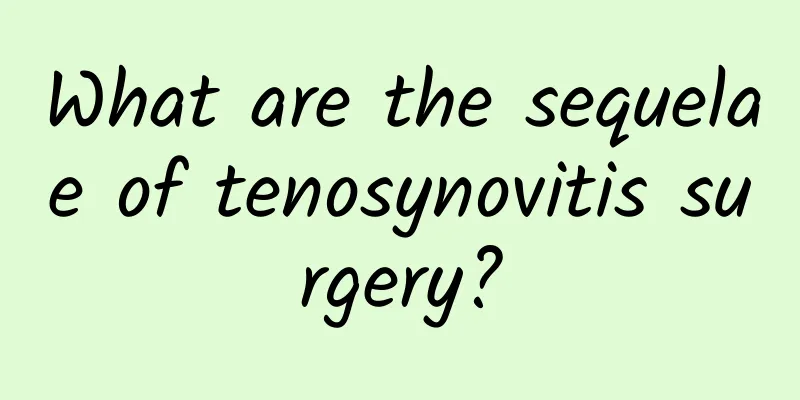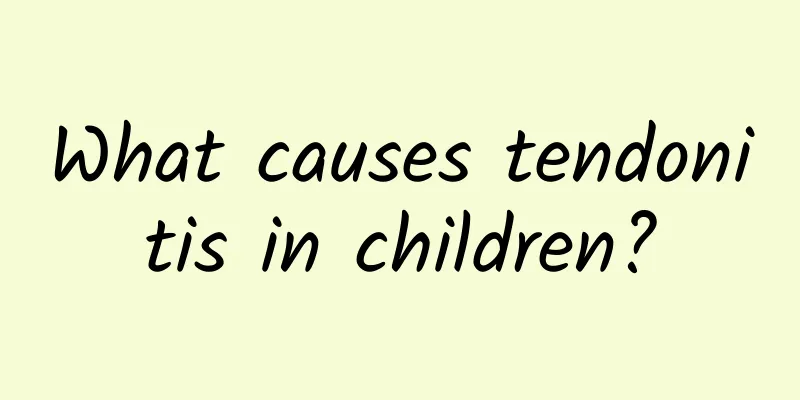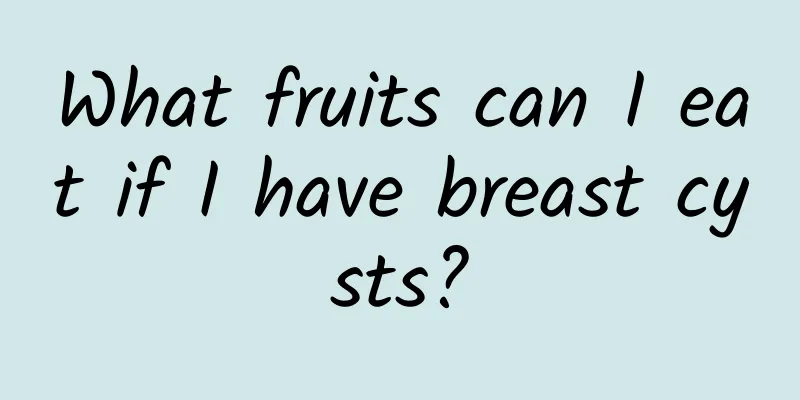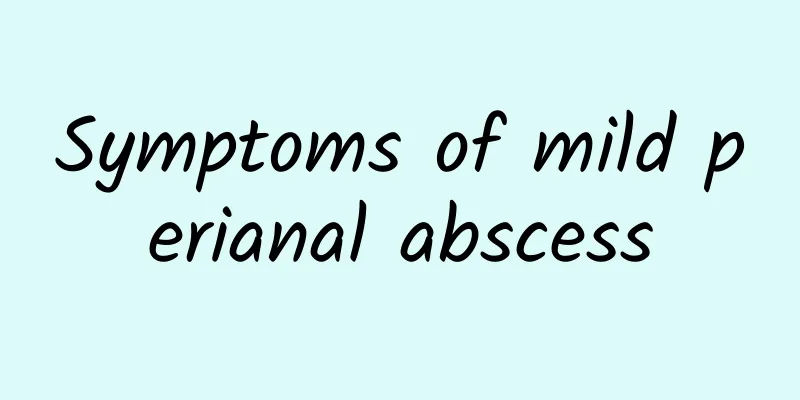What are the differences and symptoms between kidney stones and gallstones?
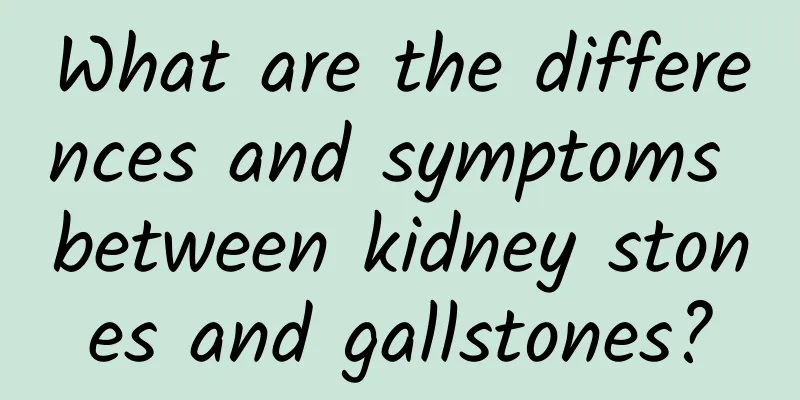
|
There are significant differences between kidney stones and gallstones in terms of their location, symptoms, and treatments. Kidney stones are primarily formed in the kidneys, while gallstones are located in the gallbladder or bile ducts. Typical symptoms of kidney stones include severe pain in the lower back, hematuria, and frequent urination, while gallstones present with pain in the right upper abdomen, nausea, and jaundice. In terms of treatment, kidney stones can be removed through medication, extracorporeal shock wave lithotripsy, or surgery, while gallstones require cholecystectomy or medication for lithotripsy. 1. Kidney stones and gallstones are formed in different places. Kidney stones are formed when minerals and salts in urine crystallize in the kidneys. Common components include calcium oxalate, calcium phosphate and uric acid. Gallstones are formed when cholesterol or bile pigment in bile deposits in the gallbladder or bile ducts. They are mainly divided into cholesterol stones and bile pigment stones. 2. The symptoms of kidney stones and gallstones are significantly different. Patients with kidney stones often feel severe pain in the waist or lower abdomen, which may radiate to the groin, accompanied by hematuria, frequent urination and urgency. Patients with gallstones experience pain in the right upper abdomen, which may radiate to the shoulders and back, accompanied by nausea, vomiting and jaundice, especially after eating greasy food. 3. The treatment methods for kidney stones and gallstones are also different. For kidney stones, smaller stones can be excreted by drinking more water and taking stone-excreting drugs, while larger stones may require extracorporeal shock wave lithotripsy or percutaneous nephrolithotomy. The treatment of gallstones includes drug dissolution, cholecystectomy or endoscopic stone removal, and the specific method should be selected according to the size of the stone and the patient's condition. 4. The measures for preventing kidney stones and gallstones are different. To prevent kidney stones, you should drink more water, reduce the intake of high-oxalate foods such as spinach and chocolate, and avoid a high-salt diet. To prevent gallstones, you need to control your weight, avoid a high-fat, high-cholesterol diet, and regular physical examinations can help early detection and treatment. Although both kidney stones and gallstones are called "stones", their formation sites, symptoms and treatment methods are significantly different. Understanding the difference between the two can help with early identification and timely treatment. Whether it is kidney stones or gallstones, it is important to seek medical attention in time and choose the appropriate treatment method according to the doctor's advice. |
Recommend
Can I drink barley and red bean soup if I have breast cysts?
Patients with breast cysts can drink barley and r...
What is the best way to treat nasal hemangioma?
Common methods for treating nasal hemangioma incl...
Does propolis have an effect on breast hyperplasia?
Propolis has no clear therapeutic effect on breas...
What are the symptoms of rectal polyps?
What are the symptoms of rectal polyps? Rectal po...
Surgery is one of the main methods of Western medicine to treat hemorrhoids
Surgery is one of the main methods of Western med...
How much does a breast cyst cost?
The cost of treating a breast cyst depends on the...
Who is prone to kidney stones?
Kidney stones are a type of adverse lesion that i...
How much does it cost to perform extracorporeal lithotripsy?
The cost of extracorporeal lithotripsy may be a c...
How to treat mild perianal abscess
Mild perianal abscesses require prompt treatment ...
Is acute osteomyelitis contagious?
Most of the causes are due to hematogenous spread...
Where is tendonitis located?
Tenosynovitis can occur in many parts of the body...
Can I eat cherries if I have vasculitis?
Can people with vasculitis eat cherries? Whether ...
What are the early symptoms of osteomyelitis?
The early symptoms of osteomyelitis include local...
How often do perianal abscesses recur?
The frequency of recurrence of perianal abscess v...
How long can a 15-year-old with atrial septal defect live?
The prognosis of atrial septal defect depends on ...
